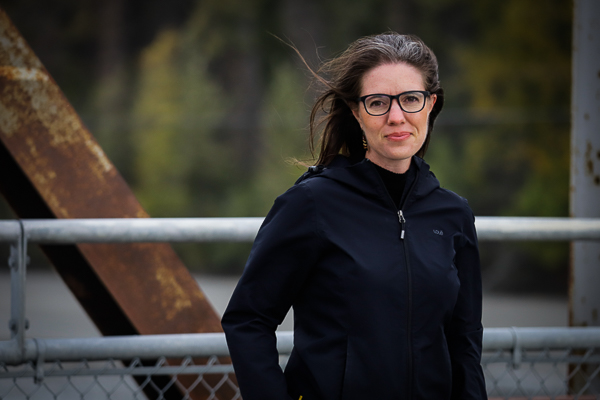
We’ve been asking Alaska policy makers and experts what they’ve learned about the coronavirus in the time since it first hit Alaska.
Among the most immersed in all things related to COVID-19 is Dr. Anne Zink, the state’s chief medical officer. Zink has been as much of a public face for the state’s response as the governor himself, while still occasionally doing some work as an emergency room physician.
And Zink says that over the last six months, the people fighting the disease have gained a lot of knowledge about what’s happening to patients and how the disease spreads.
LISTEN HERE:
What we’ve learned so far:
I think we have learned a lot about how it spreads. It does not appear to spread on objects as much as it spreads just by talking and singing and being in a space together. And so I think that that’s kind of been the biggest thing that we’ve learned, as well as the degree of asymptomatic, mildly symptomatic or pre symptomatic people and how they can be incredibly contagious early on in the disease process.
The other thing that’s been really just striking to me about this disease is the way that it affects so many different organs. When we first thought about this disease, we were thinking of it much more like influenza or some of the other common colds that cause respiratory issues for the most part and lung damage, but because of the way it enters the cells, it appears to affect the gut, the kidney, the brain.
RELATED: Anchorage schools superintendent talks challenges of educating since the pandemic began
What she wishes the public understood better:
One, the fact that infection and illness can be two different things. And so you can spread it to others without getting ill.
The incubation period, the time it takes from exposure until symptoms start, is really long. It’s longer than a lot of the other diseases, and that’s 14 days. And people can start to show symptoms anywhere from day two to day 14, and there’s no test based strategy to get you out of quarantine or to say, you definitely don’t have it.
Also, masks work, the data is just really clear on it now that they work not only to prevent you from spreading it to others, but they can also prevent you from getting it to the same degree.
RELATED: How an Alaska hospital’s understanding of COVID-19 has evolved
Her biggest concerns heading into fall and winter:
This fall could be hard. People are over COVID, they’re fatigued. We still have a lot of virus circulating. You know, we’re still seeing fairly high numbers across the state. So bars and restaurants continue being the driving force of a lot of our biggest outbreaks right now in Alaska. We have so much more testing ability now than we used to, we are getting more antigen tests, we have more treatment options. We are getting close. But really what we do between now and the end of the year is going to determine how this pandemic plays out in this state.
If we throw up our hands and give up it could be a really, really hard fall in many different ways. So I am concerned that it’s darkest before dawn and we are getting close but we really need Alaskans to hang in there this fall and get tested the moment they have symptoms, stay away from others if they’re sick at all, and do everything that they can to minimize this virus.
RELATED: Anchorage mayor reflects on 6 months of coronavirus pandemic
Casey Grove is host of Alaska News Nightly, a general assignment reporter and an editor at Alaska Public Media. Reach him at cgrove@alaskapublic.org. Read more about Casey here.





